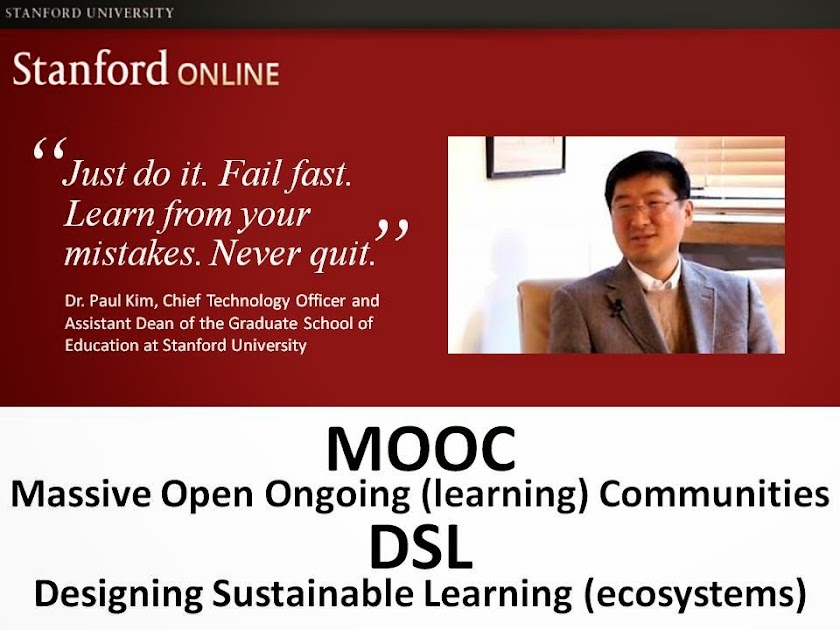NOTE: This is a follow up from the initial “Mobile Learning” blog post. The objective of this “Mobile Learning” blog series is to identify, explore, and experience “Mobile Learning” through experimental hands-on immersion, and to refute the statements:
“Mobile Learning… never alive to begin with.”
“Mobile Learning… definitely a misnomer!”
Cars whizzed by.
The drivers hardly noticed the short figure jogging down the bicycle trail next to the parkway, as they whizzed by, heading home at the end of the day. If they had taken heed, they would have seen that the jogger was not jogging, but walking… and… swinging her arms up over her head, and down again in a big circular swoop, over, and over again. She was trying out an experiment – how to exercise her arms while jogging, and not just her legs. Her steps and arm swinging motion were continuous, not too slow, not too fast, and quite regularly paced… almost rhythmic. The drivers didn’t care. They just whizzed by.
But the jogger noticed the drivers.
The first driver that drove past was a woman. She had one arm on the wheel. The other arm was wedged on her window sill, holding her cell to her ear. Her lips were animated. it looked like a loud discussion. The jogger could not hear anything, of course. Not just because the car was whizzing by at 45 mph, but because she had ear plugs blasting 1980’s music in her ears.
The second driver who whizzed by was a man. He was not talking on his cell. Instead, he was texting. Tsk! Tsk! Wasn’t that dangerous? But wait. It was a police car. Oh well! Perhaps that is OK then?
The third car was a family-filled minivan. Dad was driving. He was talking on his cell. Mom sat in the passenger seat. She too was on her cell, obviously talking to someone else, not her husband. Two kids and a dog in the back seat. All three watching some type of cartoon on the built-in DVD screen.
The jogger kept noticing each and every vehicle that whizzed by.
The jogger was me.
I kept track – counting the number of vehicles and which ones had occupants using mobile devices – all the way till the bicycle path veered away from the parkway, and down under the bridge. 13 vehicles in total. Of that number, only 2 were “free” from mobile devices. A quick stop. Pulled out my iPhone. Typed the numbers. The calculator app then spit out the stats… 85%…
85% of the vehicles had either the driver, the passenger(s), both, or all occupants, utilizing some form of mobile device.
I found the statistics rather revealing.
Granted, the sample size was only 13. Not much to say about that. I was, after all, in Lincoln, Nebraska, which has a grand total population of only 200K. Plus, the stretch of road where the bicycle trail ran parallel to the parkway, from the spot I started jogging, to the point where the trail diverged, was only about 200 yards.
Still, such a staggering figure… 85%.
But how does this have anything to do with “Mobile Learning”? Just because someone has a cell phone stuck to their ear, does not mean that they are experiencing “Mobile Learning”. But wait. I was jogging. I was mobile. And I learned that 85% of drivers in Lincoln, Nebraska, drive while using a mobile device. Although my statistical data might be skewed and not accurately reflective of the actual population, nevertheless, I learned something new that day. And I was “mobile” at the time of “learning”. So, perhaps I was the one experiencing “Mobile Learning”? Yes, perhaps this counts, I thought to myself.
I kept jogging.
As I looked closely at the bridge underpass, I saw a familiar formula. It was neatly written in white chalk across the grey naked concrete underpass wall. My mind scrambled to search my long term memory, looking for the appropriate schema. Oh yes! I suddenly remembered. Algebra? Pre-calculus? Quadratic equations? Some teenager had obviously been reviewing his/her math formulas at that spot recently. My own son, a junior in high school, had just had his math final exam a day earlier. I tried to imagine what the high school kid who wrote the formula might have been like. He/she was definitely “learning”. Plus, considering the venue – the bicycle trail underpass – he/she was definitely “mobile”. Good for him/her! He/she is definitely a “Mobile Learner”!
I noticed at least 2-3 dozen more (small but interesting) revealing observations throughout my jog. If each observation were counted as a “learning” experience, then, I definitely experienced a lot of “Mobile Learning” that day.
I felt good.
“Mobile Learning… IS alive.”
“Mobile Learning… exists!”
Tune in for more “Mobile Learning” blog posts next week.








